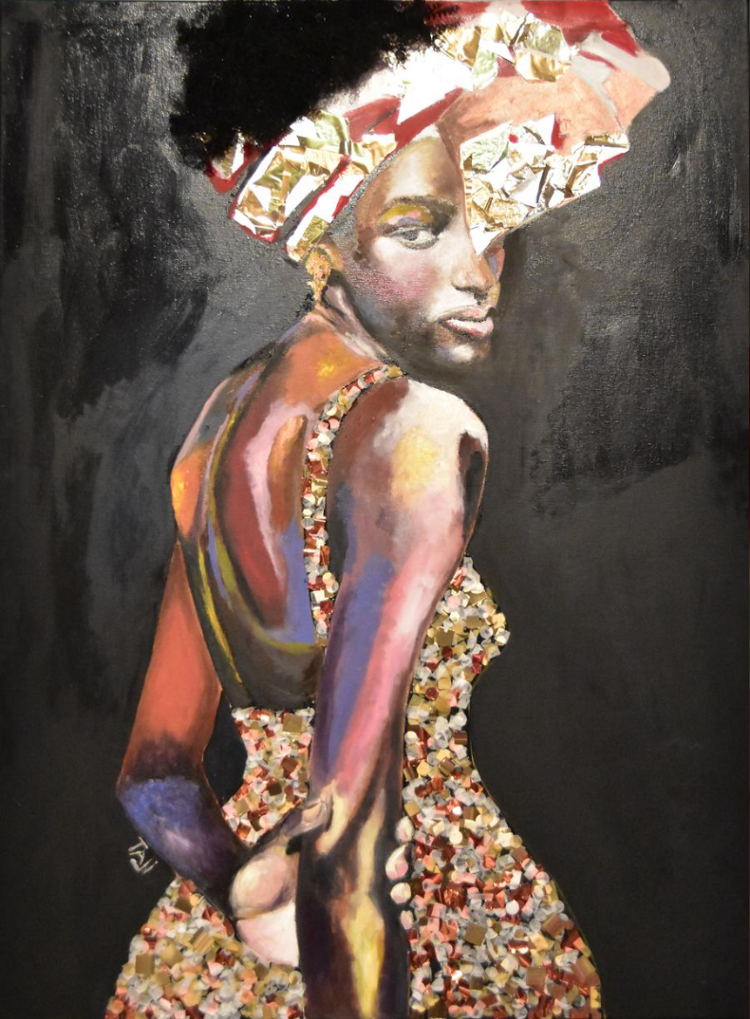By Alexandria Da Ponte and Ashley Deans
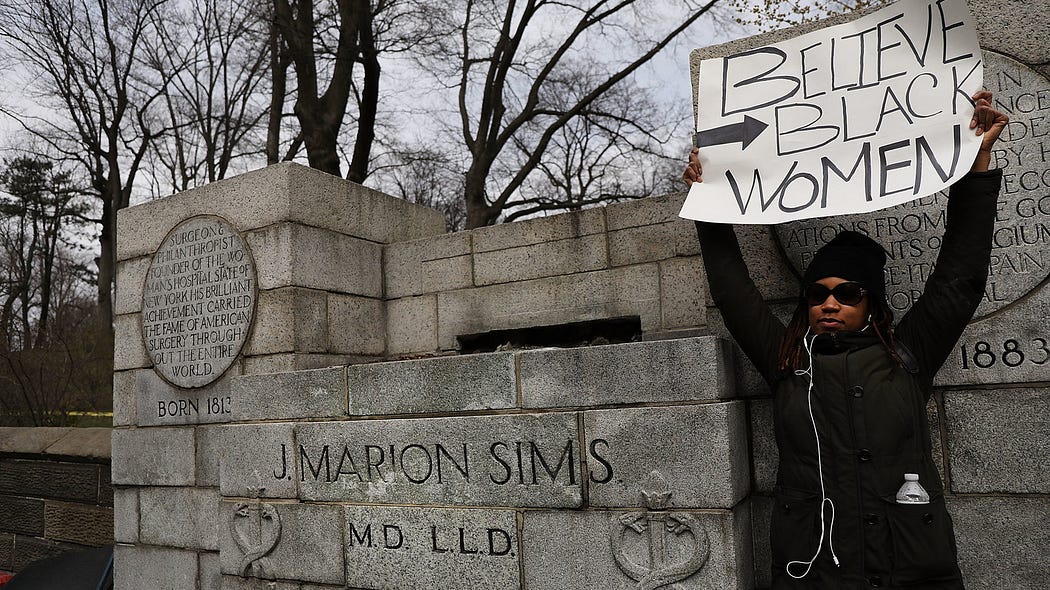
Over the past few months, our world has been suffering a global pandemic. Here in the United States, we have been grappling with the ramifications of chronic systemic racism. We have witnessed our country turn to protests, and the toppling of statues as a cry for the nation to believe that “Black Lives Matter”, has become familiar news.
At The Center for Global Women’s Health Technologies (GWHT), we have been confronting the fact that when gynecological research began, Black Lives did not matter.
While GWHT seeks to place women and vulnerable populations at the center of our work, we are aware that we still have work to do in confronting the painful and unjust history of gynecology. Our Center has been listening and learning, and we want to spend the next few weeks looking at the history of gynecology. Join us on this journey of unveiling some of the dark history of gynecology, addressing the data of these inequities today, listening to women’s personal stories, and finding a way to move forward as we continue to Innovate with Passion and Deliver with Compassion.
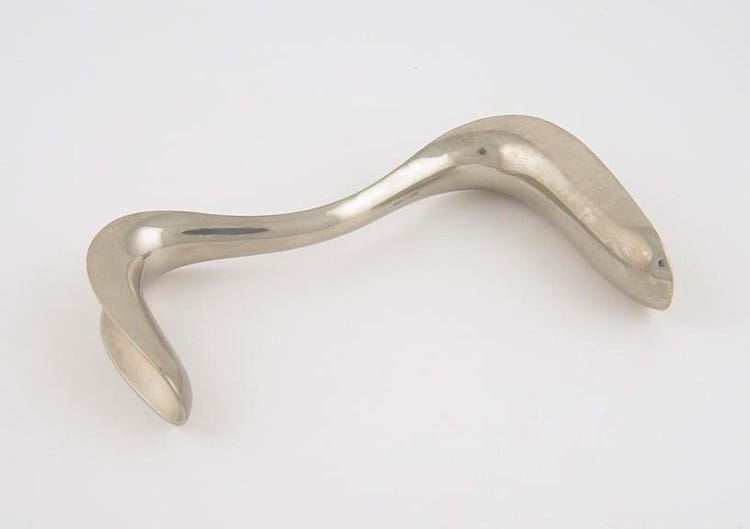
In 1845, Dr. Marion Sims, commonly known as “The Father of Gynecology,” began investigating ways to trreat pelvic pain in women who suffered from vesicovaginal fistulas. This condition is a painful complication of childbirth where a hole grows between a woman’s bladder and her vagina, leading to uncontrollable urinary and sometimes fecal incontinence. While Dr. Sims made incredible medical advancements and spurred the creation of the speculum, the methods in which he conducted research, involved testing speculum models on slave women. These women could not consent to being case studies to Dr. Sims research and they were operated on without anesthesia.
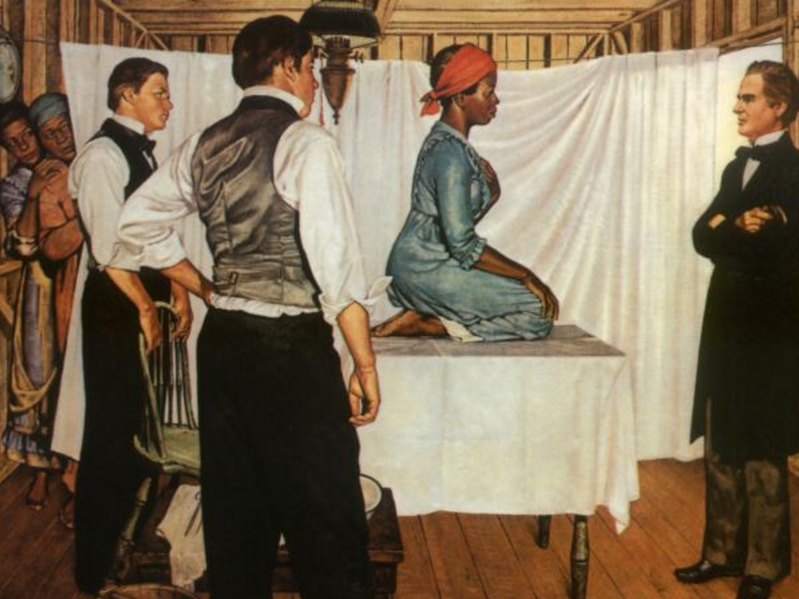
In recent years, scholars have looked through Dr. Sims records and know the name of three slave women who were subjected to research without consent, Lucy, Anarcha, and Betsey. Dr. Sims acknowledged the gruesome pain that these women endured and in one of his journals recorded the following account, “I thought she was going to die . . . it took Lucy two or three months to recover entirely from the effects of the operation.” Dr. Sims continued to research on Black slave women for four more years, until in 1849 he had a successful surgery on a slave woman named Anarcha. Anarcha, a 17 year old, had undergone at least thirty operations by Dr. Sims until he perfected his method. After this success, Dr. Sims quickly transitioned to performing repairs of vesicovaginal fistula on white women.
Over the last few years, researchers and physicians have been grappling with the way that Dr. Sims performed medical procedures on enslaved Black women. Groups began calling for removal of statues and painting commemorations of Dr. Sims. Since these removals, plaques recognizing Lucy, Anarcha and Betsey have replaced those statues and paintings in many sites.

As recent protests and violence have revealed, removing a statue is a start.
But it is not enough.
Unfortunately, the experiments performed on enslaved women followed the standards of this era, which included getting permission from the slave-owners, rather than from the women themselves. Dr. Sims, like many other doctors at this time, believed that Black people could endure greater levels of pain. According to Brynn Holland at History.com, “Sims’s decision to not use [anesthesia]— or any other numbing technique — was based on his misguided belief that Black people didn’t experience pain like white people did.” While the history of gynecology is troubling and rooted in a narrative that did not place women at the center of care and research, in recent years physicians and researchers have begun to seriously consider the needs of their patients first.
At GWHT, we recognize that the belief that certain people experience pain in different ways due to their race — is a lie. We understand that the gynecological exam is invasive, highly personal and should not be painful. While Dr. Sims may have claimed to care about women and their health, we believe that simply saying that we care about women is not enough. We recognize that cervical cancer is a completely preventable disease and that it disproportionally effects women from socioeconomically disadvantaged backgrounds, especially low-and middle-income countries.
It is not enough to develop new tools that are affordable; they must also be comfortable for women to use. The devices must be tested by women who consent to being part of an innovative process. When the women provide feedback, it is our job as engineers and researchers to listen.
Our center director, Dr. Nimmi Ramanujam shares that, “we want to develop technology that can solve the public health problem and give women the agency to take ownership of their bodies and their tests.”
The time where women were forced to undergo painful medical procedures without their consent and without pain relief, is a time that did not believe that black lives mattered.
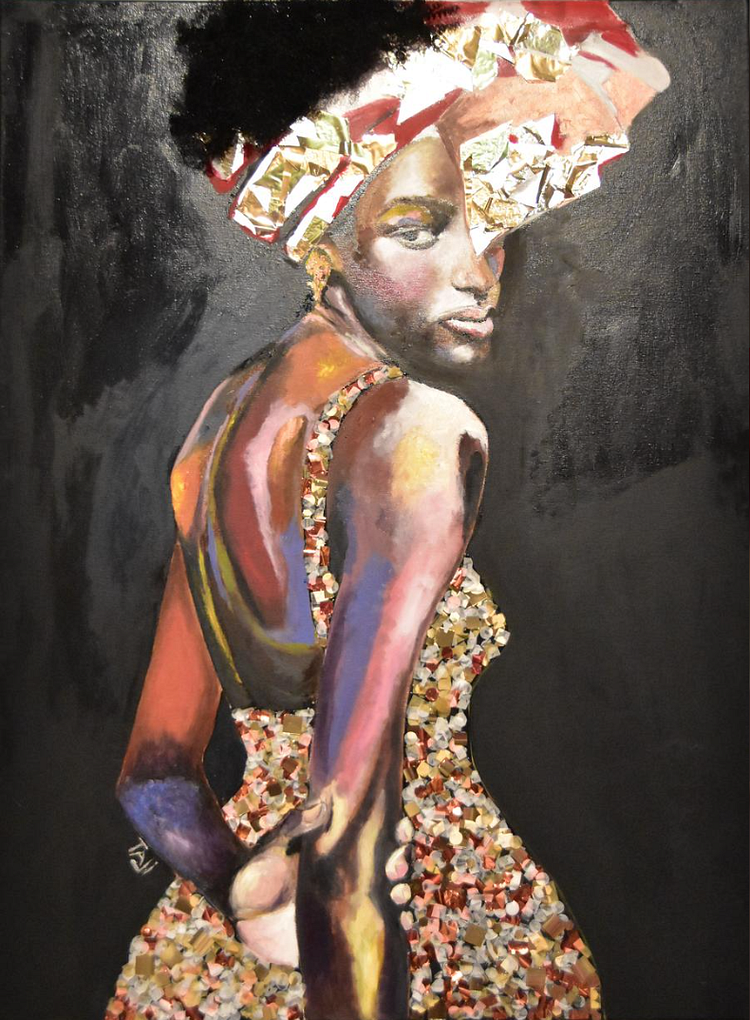
Portrait painting by Taji Shabu
Even today, there are still racial and gender disparities in healthcare. One project that attempts to bring light to those disparities is the (In)visible Organ documentary. The (In)visible Organ is “a storytelling initiative that aims to destigmatize the cervix and the female reproductive anatomy in research, design, and medicine.” These stories are told through several mediums, but one that sticks out is the (In)visible Organ art exhibit from last year. One of the artists, Taji Shabu (now Taji Jones), created the piece “Anarcha: One of the Daughters of Gynecology” to imagine Anarcha as she was: a multidimensional woman with fears, hopes, and a life. Shabu says of the piece, “Anarcha’s pelvis was underdeveloped due to malnourishment and Vitamin K deficiency. The very institution of slavery created her. What are her eyes saying about her life? What is her life saying about her eyes? Anarcha is here today. Have you seen her?”
Today we are re-writing the gynecological exam and this painful history by placing women and their needs at the center of our work.
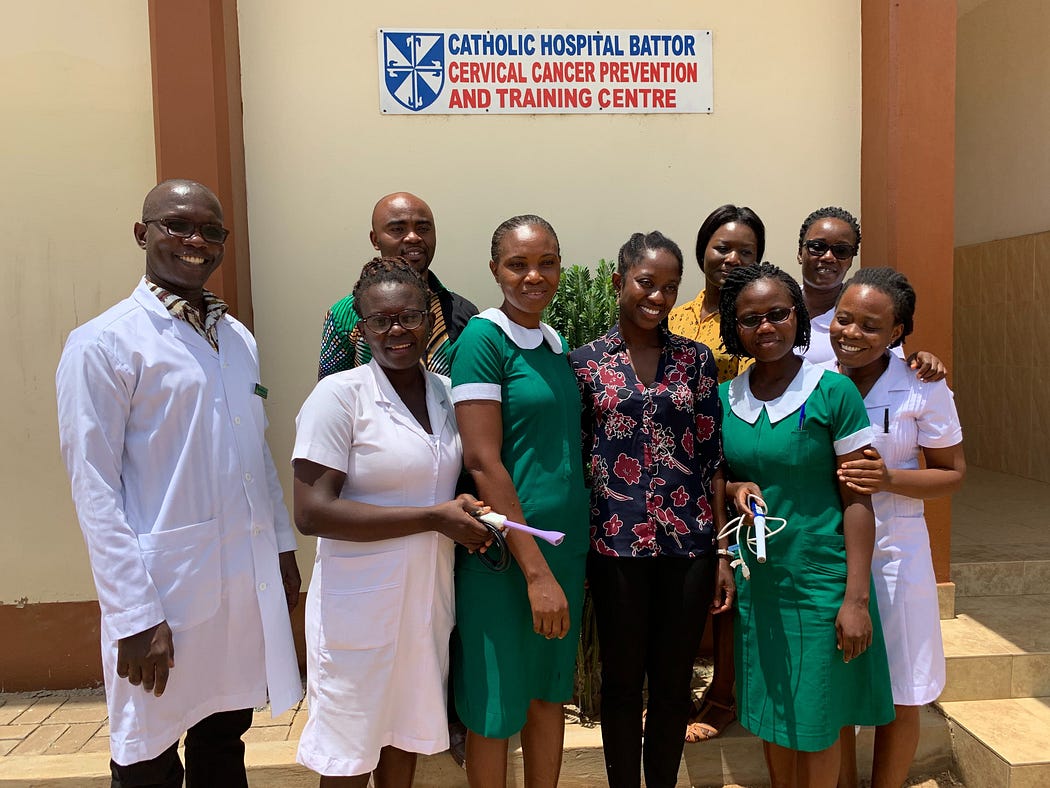
We invite you to follow along the next few weeks as we hear stories from those in our community about their own experiences with racial and sexual disparities in women’s health.
Join us in our journey of listening and learning by checking out some of these resources:
Book: Medical Bondage: Race, Gender, and the Origins of American Gynecology
Article: “Design and preliminary analysis of a vaginal inserter for speculum-free cervical cancer screening”
Podcast: “Remembering Anarcha, Lucy and Betsey, the Mothers of Modern Gynecology”


